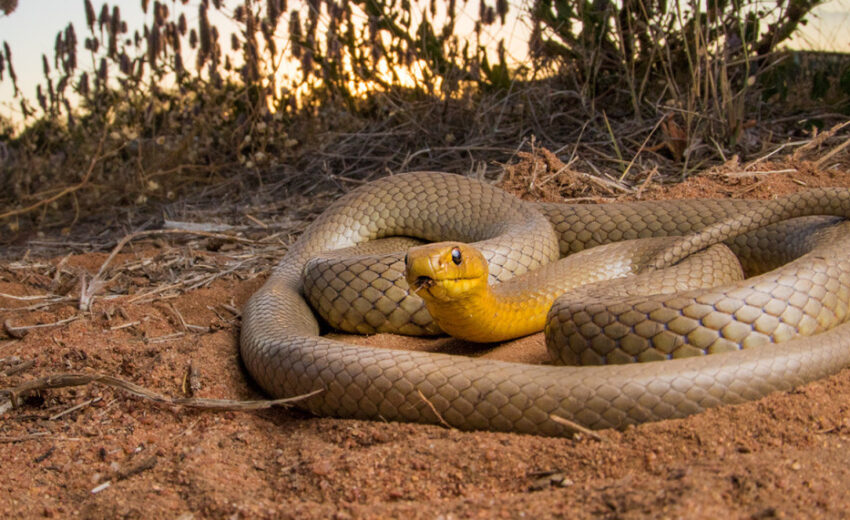The western brown snake, or gwardar, is a species of very fast and highly venomous elapid snake native to western Australia. The name gwardar means “go the long way around” in the
- Zoology
- Daily Critter Facts
- For Teachers
- Study Guides
- Diseases & Parasites
- Contact

